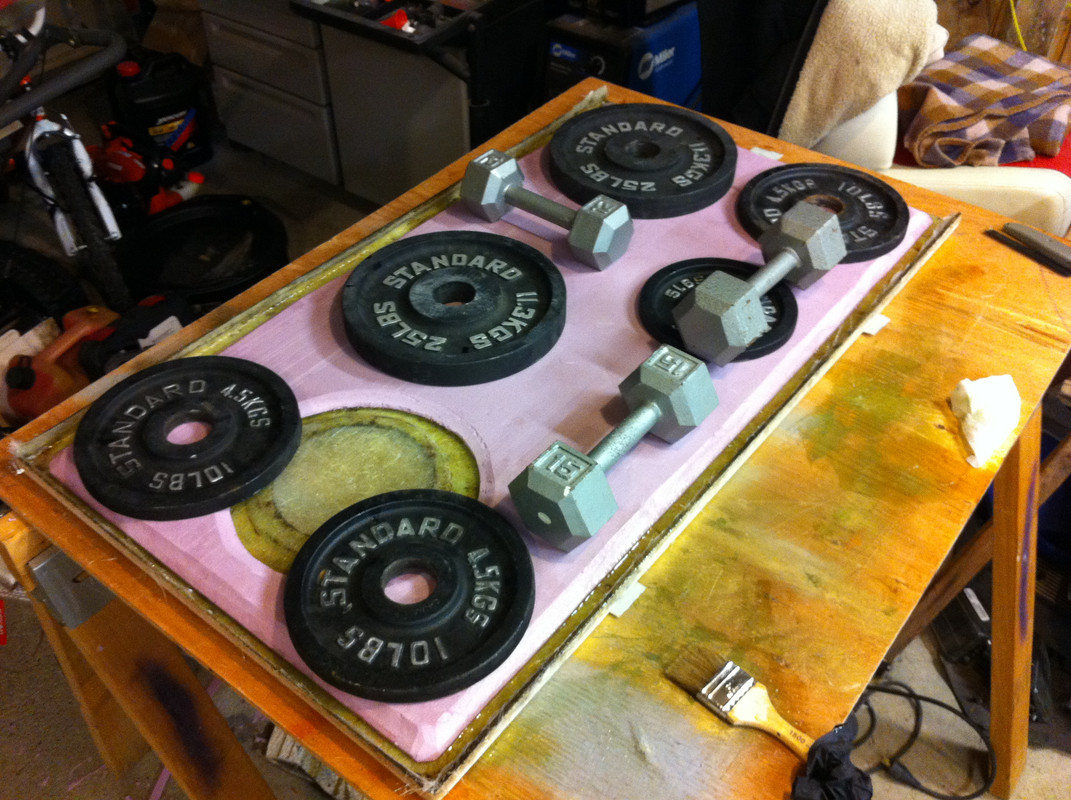RussGW270
GreatGrady Captain
- Joined
- Mar 5, 2019
- Messages
- 1,761
- Reaction score
- 254
- Points
- 83
- Age
- 59
- Model
- Islander
Thanks Dennis.. helpful as always!
Not looking to "do" anything atm, I have plenty to do right now.. lol.. but always want to learn more. I need/want to make room on my dash for a 2nd screen and the cost they want is crazy.. really crazy.. to cleanly redo the dash... so, was thinking of ways to do something myself.. heh
R
Not looking to "do" anything atm, I have plenty to do right now.. lol.. but always want to learn more. I need/want to make room on my dash for a 2nd screen and the cost they want is crazy.. really crazy.. to cleanly redo the dash... so, was thinking of ways to do something myself.. heh
R



